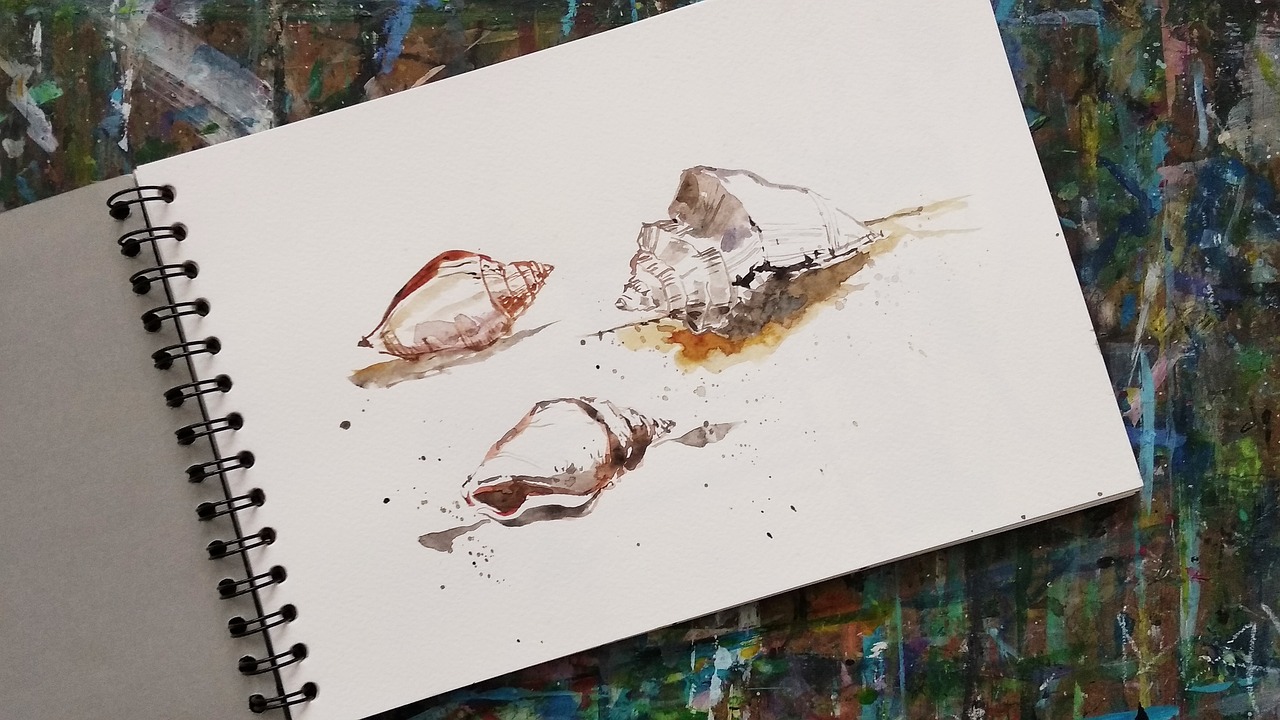- 04/04/2019
Observational Drawing; The Ultimate Beginners Guide
Observational Drawing; The Ultimate Beginners Guide
Observational drawing is easily defined as drawing from real life perception. When an artist observes and responds with their individual visual representation. If you’re new to this approach it’s key that you’re patient and not too hard on yourself because actually, it’s a technique that most find tricky with artists practising their entire career.
When it comes to the types of observational drawing, examples include, still life, figurative and landscape. So here we’ll explore these subjects in-depth and take a look at the tools you will need.
Still Life Observational Drawing
Remember in Art at school did your class have to sketch a display of commodities? Well, this technique is called still life and focuses on inanimate objects. Still life contrasts figurative drawing, which is based around living models. It’s also a starting point for observational drawing, enabling beginners to learn key skills. Popular items you may have seen for creating still life work, are fruit bowls, jars and pottery because they are made up of simple shapes. In fact, famous artists include Cezanne for his piece The Basket of Apples. Then there’s the fabulous Vincent van Gogh and his series of Sunflower paintings.
Still Life Tips and Tools
In terms of still life, it’s always an idea to draw real objects whenever possible. Ellipses should also be rounded not pointed (cylindrical objects) with outlines kept light and detailed. For creating your piece of still life art try Derwent Light fast Pencils. These will help you achieve a good range of tone and work for detailed or freestyle drawing.
Figurative Observational Drawing
Figurative observational drawing contrasts its static still life alternative. It focuses on models as opposed to objects and is also referred to as ‘Life Drawing’. While there are no fixed rules for figurative as such, there are some common tricks artists use. Some even warm up with 20-second drawings which is said to alleviate anxiety. Some of the most famous figurative artists include Rembrandt and Caravaggio and let’s not forget Leonardo da Vinci's iconic The Vitruvian Man.
Figurative Tips and Tools
With regards to figurative observational drawing, it’s important to get your setup just right. Also, look at what you’re drawing and don’t fixate too much on one part of the figure. Guidelines and grids are also useful for getting your proportions perfect. And for this technique, we recommend Derwent Graphic Pencils - voted Independent Best Buy.
Landscape Observational Drawing
Landscape observational drawing honours our natural environment. Whether that’s the mountains, countryside or coast all elements are arranged in a coherent composition. Like compiling a sketchbook of snapshots the sky and weather are almost always included. Landscape art also features a spiritual element and can be imaginary or totally real. Works by Monet actually revitalised landscapes when he rejected the traditionalist way. His approach observed variations of colour and make his work highly recognisable today.
Landscape Tips and Tools
Typically most observational work is done in pencil or charcoal but if watercolours are more up your street we recommend this Cotman Set. Some helpful tips for landscapes also include taking lots of measurements! And always understand your perspective and mood, so that they are captured just right. One last thing that landscape artists do, as crazy as it sounds, is forget the eraser because like Miles Davis once said, ‘’Do not fear mistakes. There are none.’’
Observational Drawing with The Art Shop Skipton
Last but not least you will need a good sketchbook and for this, we recommend Winsor & Newton. These Hard Cover Wire Sketch Books come in sizes A3 and A4 and are suitable for most drawing mediums. Stay tuned as we bring you more from the industry over the coming weeks. But in the meantime, why not browse our online store to unleash your inner observationalist?

Still life observational drawing using watercolours instead of pencils.
 Same Day Dispatch Mon-Fri Before 2PM
Same Day Dispatch Mon-Fri Before 2PM

 Free UK Delivery on Orders Over £50
Free UK Delivery on Orders Over £50

